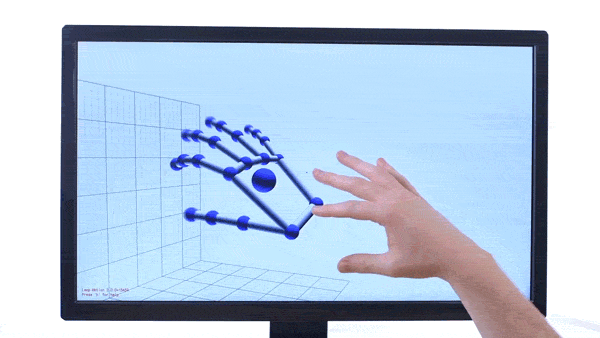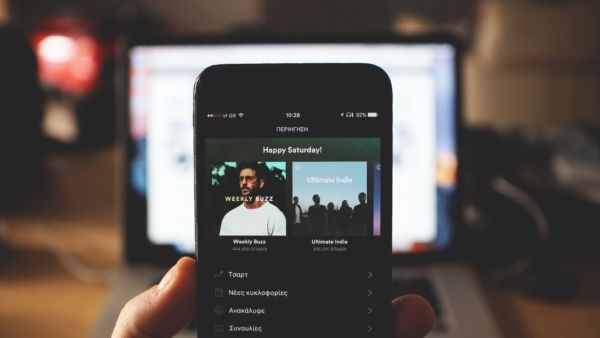We live in a society where we’re celebrated for how far we push our race forward, it’s always about the next big accomplishment; the next smartphone Apple or Samsung release, the next planet we visit or the next way Amazon plans to deliver my Doritos. However, while we gasp at the worlds we create in our VR headsets, people with visual impairments find tasks as simple as telling the time difficult.
Many innovative minds find ways to solve these issues but we often forget to celebrate these ideas. Here’re some inspiring innovations…
The Dot Watch by Serviceplan Korea and Dot Communications
People with limited or no sight rely on braille devices to read, but braille devices are large and cumbersome and they’re are not particularly affordable. A design agency in South Korea, named Serviceplan Korea, realised this. Their team came up with a watch concept for a startup called Dot Communications, cleverly named the Dot Watch.
The Dot Watch proves that braille devices don’t need to be complicated, using the technology to tell the time. The watch is the first instance of braille used in the interface of a wearable device small enough to be worn on your wrist.
The user runs their fingers over the surface for a physical representation of the current time. The watch does more than just tell the time though, it connects with your phone and vibrates when you get a notification or reads names and messages from your phone aloud.
Best of all, it is affordable and you can pre-order it now from their website.
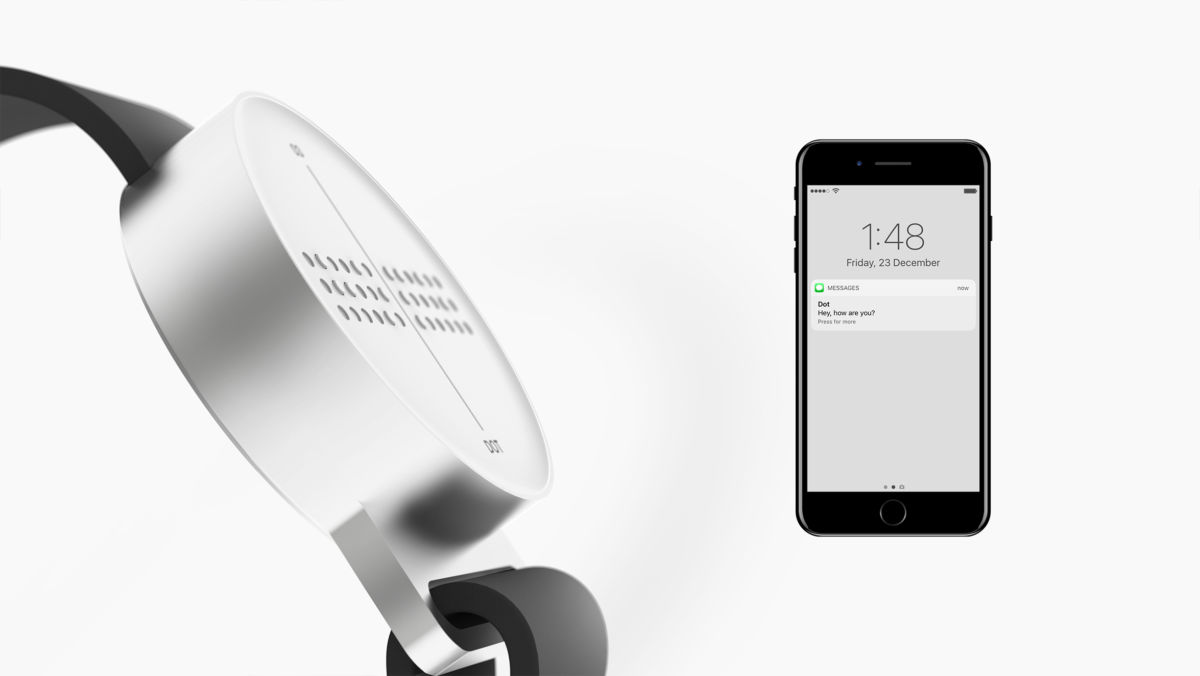
UNI by Motion Savvy
Technology and social media are connecting more people than ever before. However, for people with hearing disabilities, communicating with someone face-to-face is still a challenge.
In 2014, an estimated 371,000 people spoke sign language in the UK (I calculated a percentage but it wasn’t impressive.) So how does someone who cannot hear communicate with someone who cannot speak sign? A company called Motion Savvy has an answer.
Using a handheld device’s camera, Motion Savvy’s software – UNI translates sign language on the go and reads it aloud. The technology works in reverse as well; using the microphone for voice recognition to transcribe spoken dialog into text.
This innovative technology opens up a lot of possibilities for individuals who speak sign as their first language – 77,000 in 2014. We hope to see interfaces offering this technology introduced at information kiosks, hospitals, airports and other stations.

Speaking AI by Microsoft
Augmented reality – the down-to-earth sibling of virtual reality, is developing rapidly and modern smartphones and tablets have the capability to handle the power-intensive processing required by the technology. The opportunities AR offers gaming and traveling apps are being well explored at the moment, but it’s the doors AR opens for accessibility and the applications for blind people that excites us the most.
Augmented reality and artificial intelligence (AI) is a match that Tinder could only dream of making. For developers, this combination is no longer a dream, Microsoft realised this recently. The Seattle software giant’s internal labs recently released an iOS and Android app, creatively named Speaking AI.
If the name didn’t give you any clues – the app uses your phone’s camera and tells you what it sees in the environment around you. Hold your camera over a document and hear it read aloud, tell your colleagues you’re testing an app by pointing your camera at them and find out their age, gender and current mood.
The app can do a lot more though, it can tell you important information about a product by scanning the barcode, or describe a scene like a park or your office. The app even remembers the people around you for future reference – if they aren’t annoyed about the whole age thing.
Apple is expected to make AR a big feature of the iPhone 8 when it’s announced later this year, so we can expect to see more apps like this in the future.
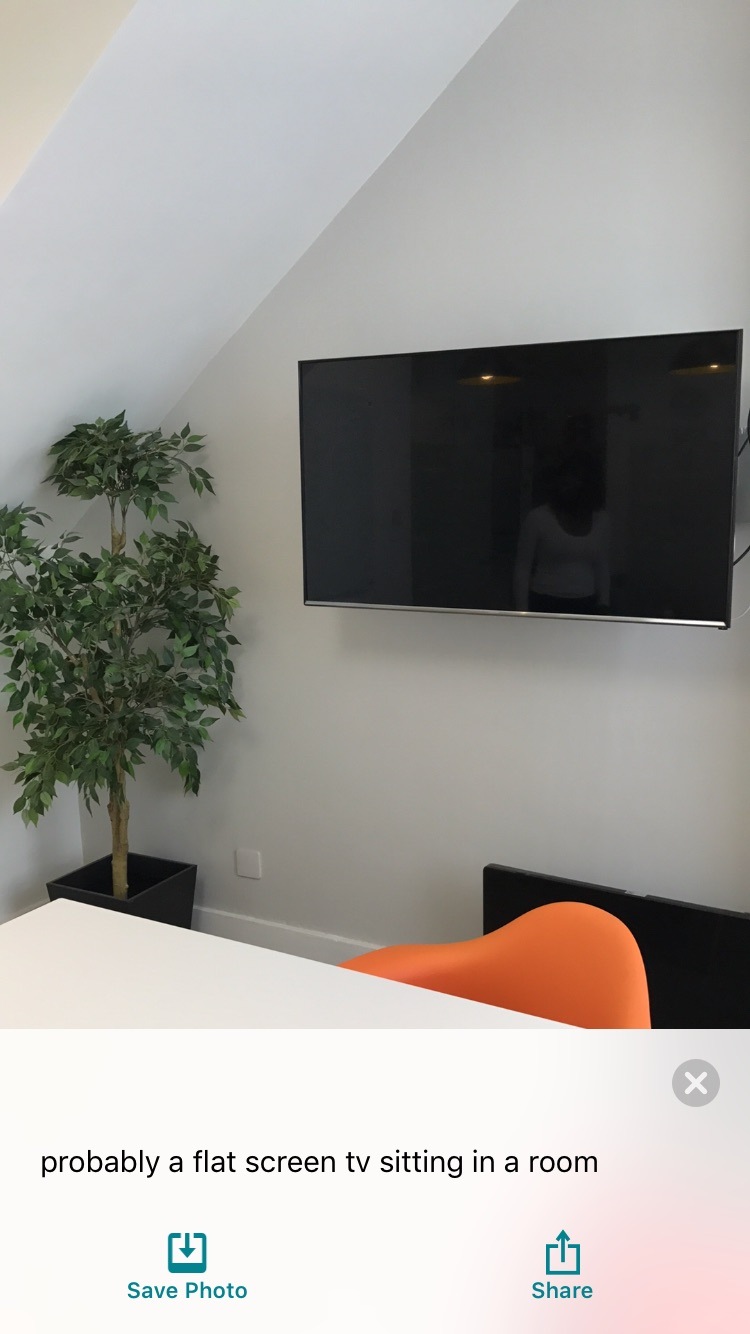

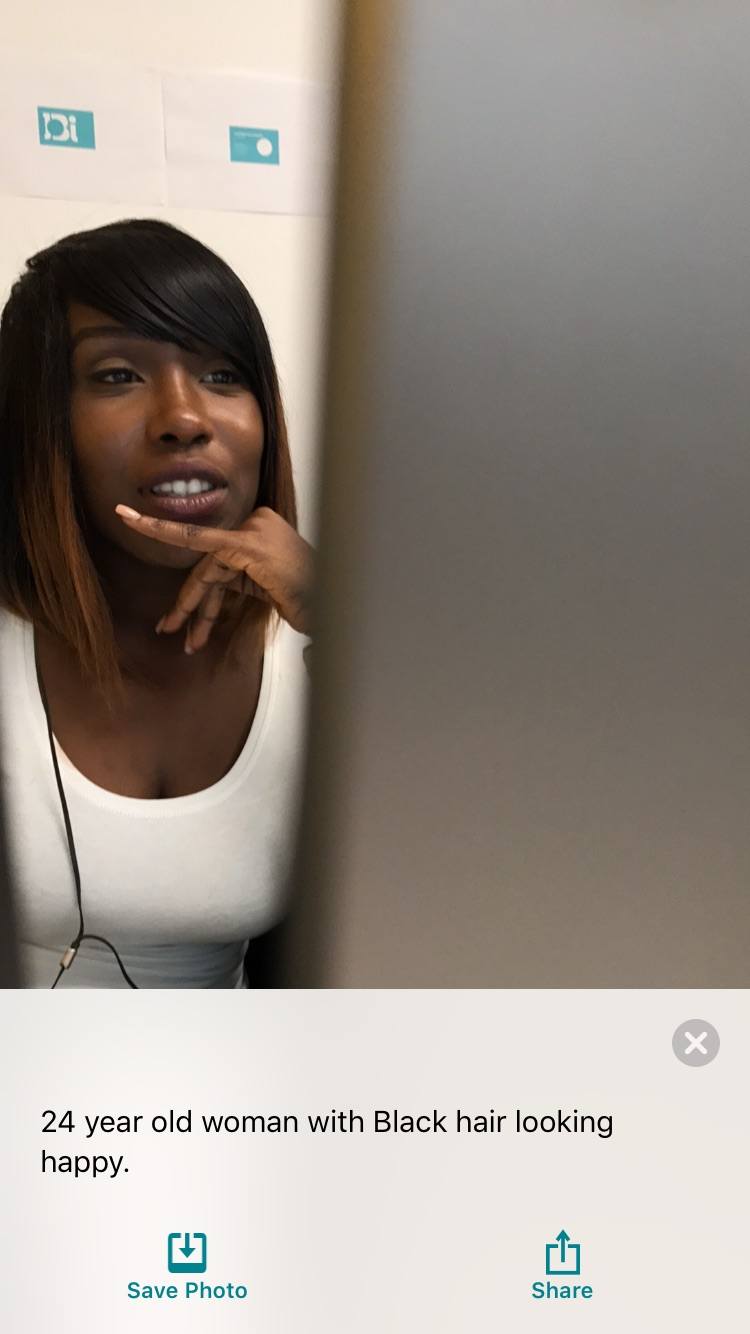
When we developed our website we considered all users and made accessibility a priority. The Accessibility page on our website gives users the option to modify font properties to improve legibility on different screens, reduce motion in animations and transitions, and the ability to enable visual descriptions for all media. Check out our accessibility page and have a play!
So in a nutshell ….
For a long time, accessibility has been seen as an optional or a nice-to-have feature, but that mindset is outdated and limits thousands of potential users from using your product or service. When planning and designing an app or website it’s important to consider all your potential users and any limitations they may face when accessing your UI as all users begin with a problem.

